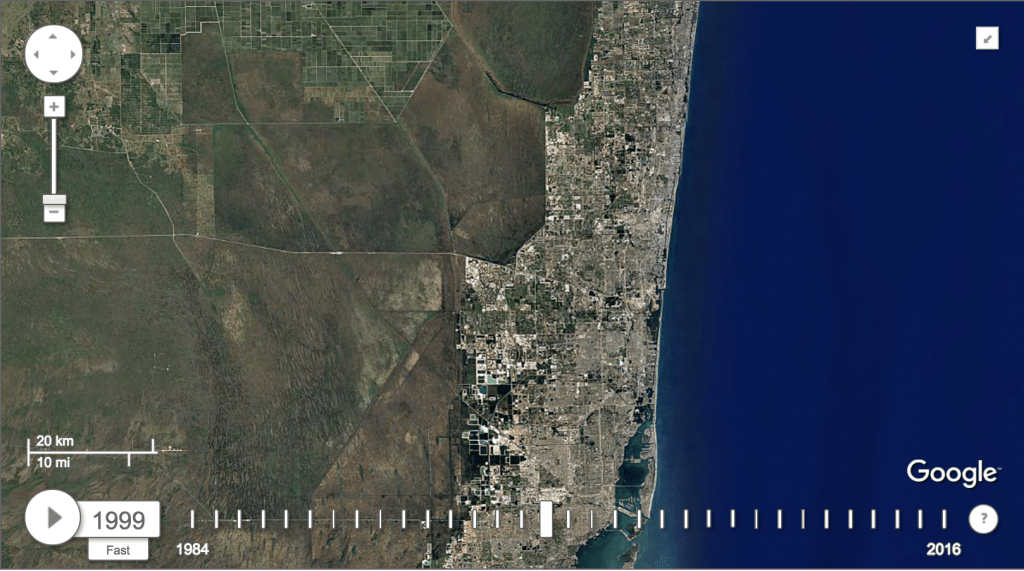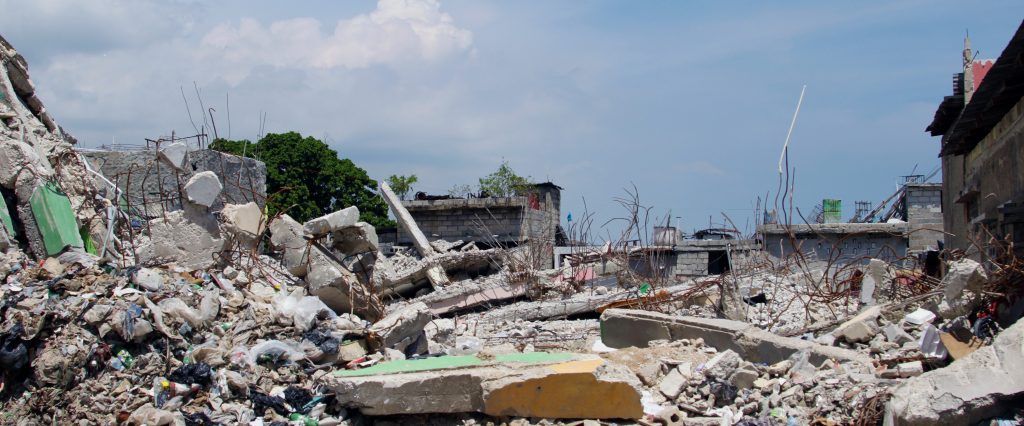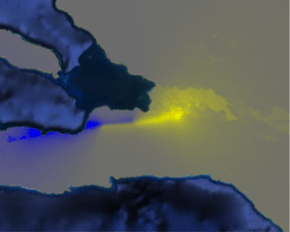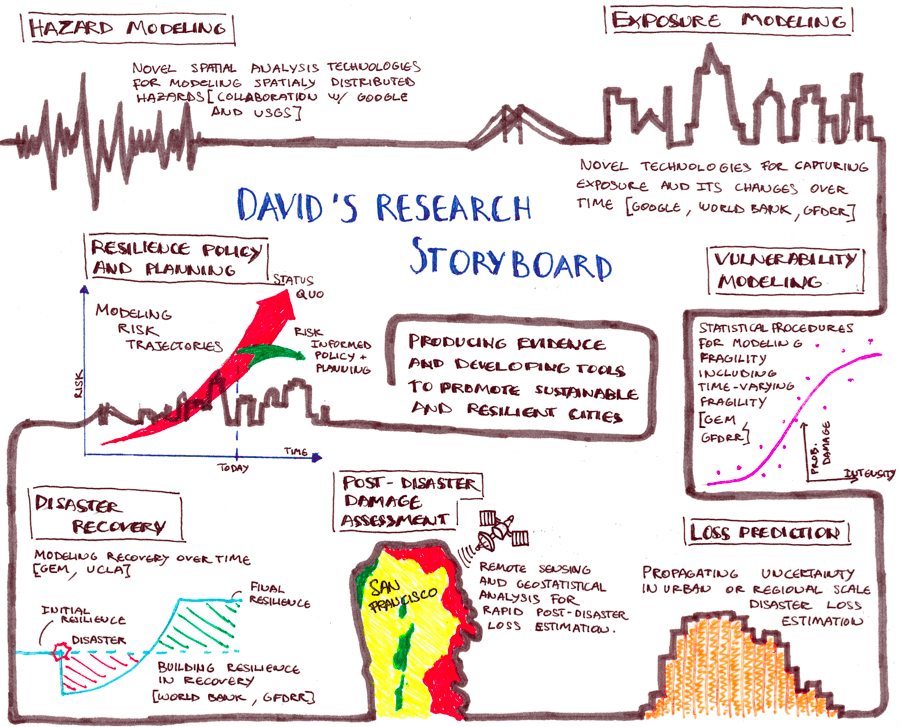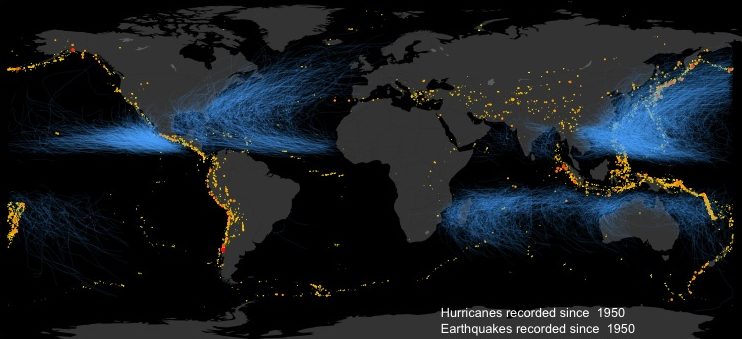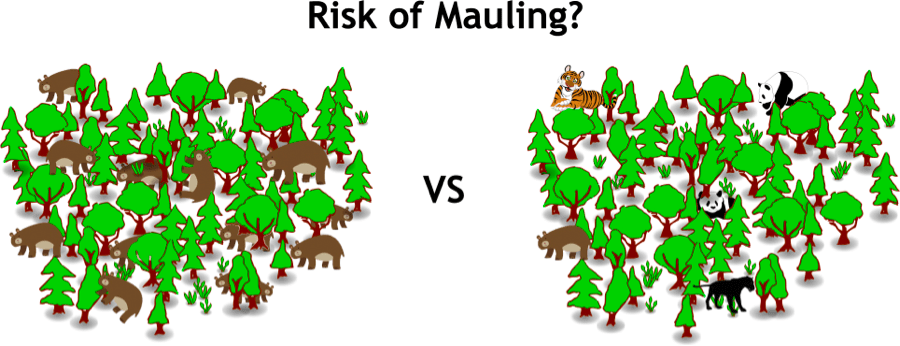“Natural Hazards, Un-natural Disasters” – On Hurricane Irma, Harvey and Others
There is no such thing as a natural disaster, only natural hazard. That’s because the impact of hurricanes, earthquakes and other hazards is determined not by the size and intensity of such events, but by the extent to witch our built environment is exposed and vulnerable to them. What does it mean when it comes…
Read more
